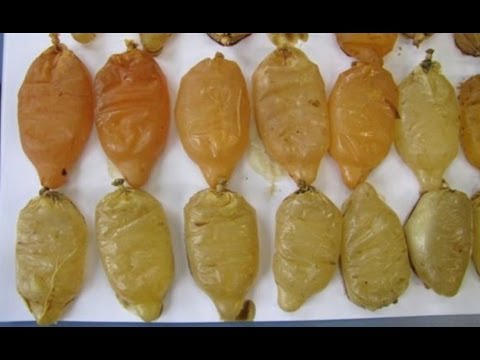Bolivia reportedly has no way of detecting liquid cocaine, an increasingly important form of drug smuggling in the Andean nation, further undermining drug interdiction efforts, even as security officials admit to the presence of Mexican cartels in the country.
According to Bolivia’s Viceminister of Defense, Felipe Caceres, drug scanners are currently unable to identify the presence of liquid cocaine being trafficked through the country’s airports and across its borders, reported La Razon. Caceres indicated anti-drug officials will travel to Peru to receive specialized instructions on how to improve the capability of the scanners so as to identify the liquid form of the drug.
The principal forms of smuggling liquid cocaine is via the ingestion of latex capsules by drug “mules,” and the spraying of the drug onto articles of clothing, according to La Razon. In the face of inadequate technology to detect liquid cocaine, anti-drug agents have reportedly received training in identifying potential drug smugglers based on the appearance and behavior of flight passengers.
Meanwhile, according to a police report obtained by La Prensa at least two Mexican drug cartels have set up operations in Bolivia. According to La Prensa, Mexican cartels are attracted to Bolivia because of the country’s weak drug interdiction resources and controls on money laundering.
InSight Crime Analysis
Caceres’ confession to Bolivia’s inability to detect liquid cocaine is yet another sign a lack of anti-drug technology is facilitating the increased importance of the country’s role in the transnational drug trade. Bolivia has no control over its own air space due to the country’s lack of radar installations, making it prime territory for aerial trafficking — the preferred method by which traffickers move drug shipments. This deficiency in technology has facilitated Bolivia’s key role as a stop-over in the cocaine air bridge connecting the world’s biggest cocaine producer (Peru) and the region’s largest consumer market (Brazil).
As noted by La Razon, liquid cocaine is becoming an increasingly popular method of moving cocaine because it is difficult for authorities to detect. One Bolivian drug trafficker working with Colombian criminal groups recently told InSight Crime liquid cocaine can be sprayed onto clothing and later extracted with a special solution, with as little as 10 percent of the cocaine lost during the process. Given the lower risk of detection and the small losses in product, it is unsurprising drug traffickers in the country are increasingly using cocaine’s liquid form to move drug shipments.
SEE ALSO: Coverage of Criminal Migration
The reported presence of Mexican cartels in the country is the result of what is known as the “cockroach effect“, in which transnational drug trafficking groups migrate operations from countries with strong security apparatus to those with weaker institutions. Colombian and Brazilian criminal groups already reportedly have a strong presence in Bolivia, and the Mexicans are undoubtedly looking to cash in as well on South America’s new drug hub.

